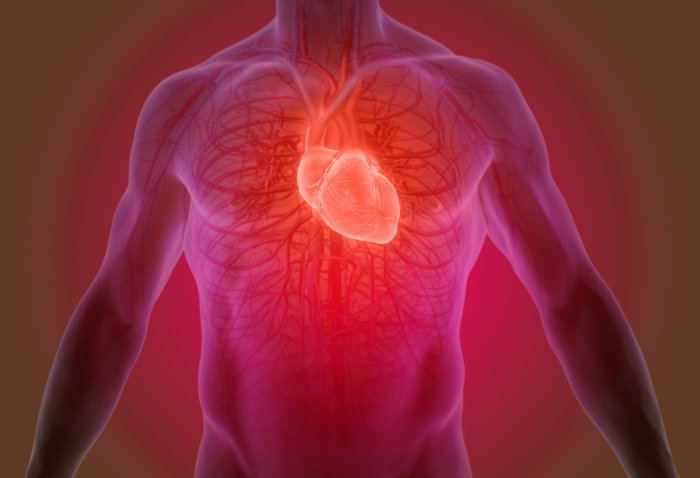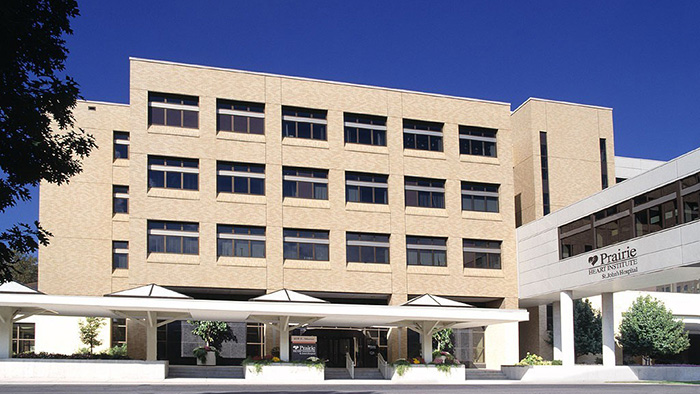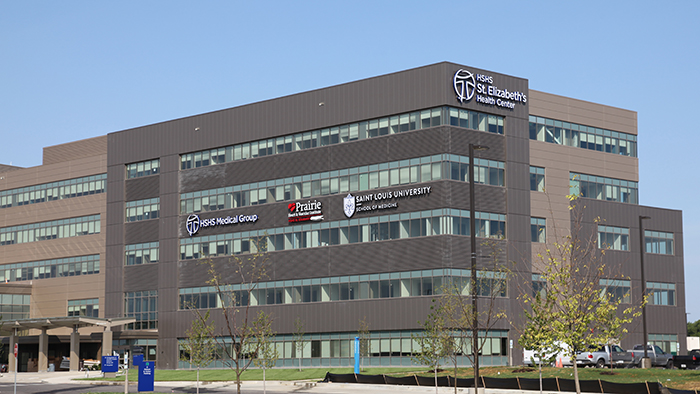Cardiac Ablation
Cardiac ablation uses energy to block irregular electrical signals and restore a typical heartbeat. The procedure is used to correct heart rhythm problems (arrhythmias).

Cardiac ablation uses energy to make small scars in your heart tissue. These scars help stop abnormal electrical signals that move through your heart and cause an irregular heartbeat (arrhythmia). Cardiac ablation can also treat atrial fibrillation (a-fib). Your cardiologist may recommend an ablation if medications or other procedures, such as a cardioversion, don’t resolve your arrhythmia.
There are three types of cardiac ablation:
- Pulsed, non-thermal electric ablation: The FARAPULSE PFA System is less invasive and uses a non-thermal electric field to disable atrial heart tissue, the tissue that is responsible for triggering atrial fibrillation, without harming surrounding structures.
- Radiofrequency ablation: Uses catheters to send radiofrequency energy (similar to microwave heat) that creates circular scars around each vein or group of veins.
- Cryoablation: A single catheter sends a balloon tipped with a substance that freezes the tissues to cause a scar.
Frequently Asked Questions
Cardiac ablation can be successful in treating many types of irregular heart rhythms. Many patients no longer require medication like blood thinners after a successful ablation.
You may need to spend a night in the hospital, but most people go home the same day. If so, you’ll rest in a recovery room for a few hours while a nurse closely watches your heart rate.
Your cardiologist will provide you with instructions to follow before your procedure.




